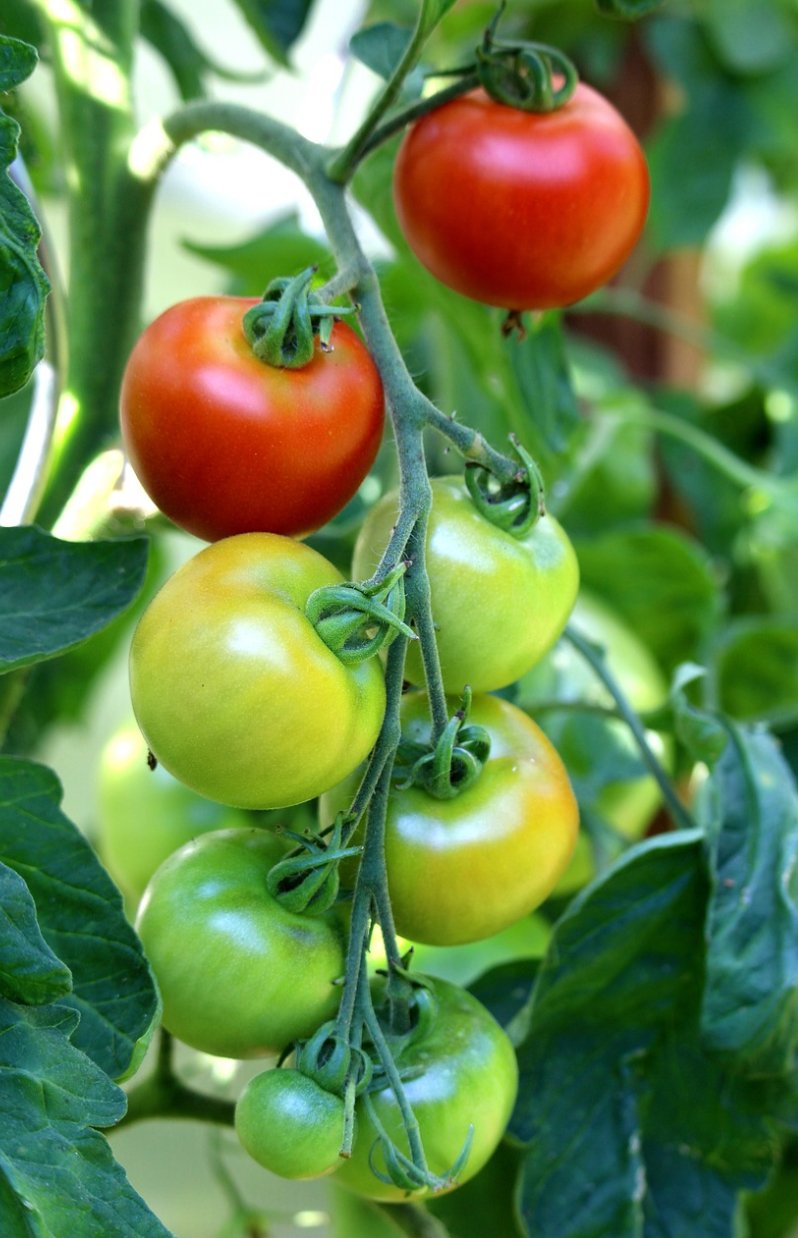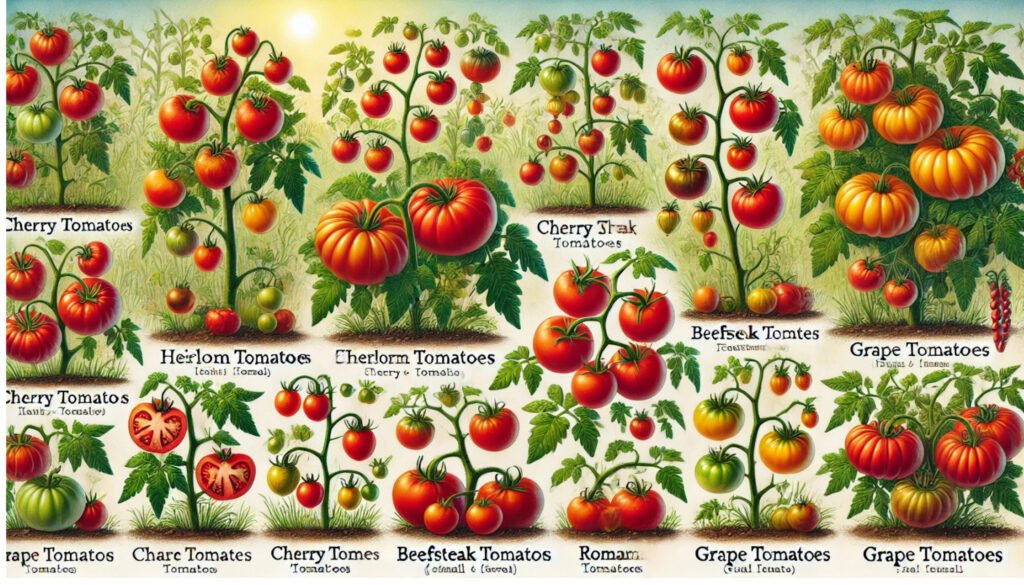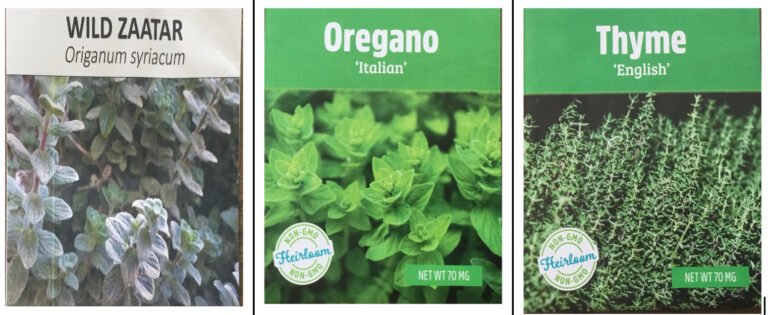When and how can we plant and care for tomato?


Key Points for Planting and Caring for Tomatoes
- Plan the planting time: Start indoors 6–8 weeks before the last frost and transplant after the weather warms.
- Provide strong support: Use stakes, cages, or trellises to keep the plants upright.
- Water deeply: Keep the soil evenly moist, but avoid overwatering. Water at the base of the plant to prevent fungal issues.
- Sunlight is crucial: Ensure the plants receive at least 6–8 hours of direct sunlight daily.
- Fertilize regularly: Use balanced fertilizer with extra phosphorus to encourage flowering and fruit production.
- Prune for better growth: Remove suckers and diseased foliage to direct energy into fruit production.
Tomatoes are a popular choice for home gardeners and can be grown both indoors and outdoors with proper care. Here’s a detailed guide on when and how to plant and care for tomatoes:
When to Plant Tomatoes
- Indoor: Start tomato seeds indoors 6–8 weeks before the last expected frost date in your area. This gives them enough time to germinate and develop before being transplanted outside.
- Outdoor: Transplant tomatoes outside after the last frost when the soil temperature is consistently above 60°F (15°C). Tomatoes need warm weather to thrive.
How to Plant Tomatoes
Location
- Indoor: Place the plants in a bright, south-facing window or under grow lights for at least 6–8 hours of direct light per day.
- Outdoor: Choose a spot with full sun, where the plants will get 6–8 hours of sunlight daily. Tomatoes need direct sunlight to produce healthy fruit.
Soil Requirements
- Soil type: Well-drained, loamy soil rich in organic matter is ideal. Amend the soil with compost before planting to improve nutrient content.
- pH: Tomatoes prefer slightly acidic soil with a pH range of 6.0–6.8.
Container Planting (Indoors or Outdoors)
- Container size: Use a container that’s at least 12–18 inches deep to accommodate the tomato plant’s roots. Larger containers (5 gallons or more) are best for healthy growth.
- Drainage: Ensure the container has drainage holes to prevent waterlogging.
- Soil: Use high-quality potting soil mixed with compost or well-rotted manure for container planting.
Planting and Preparing
- Seedlings: Transplant seedlings when they are 6–8 inches tall and have a few sets of leaves. Bury them deep, up to the first set of leaves, to encourage strong root development.
- Spacing: If planting outdoors, space tomato plants 18–24 inches apart in rows 36–48 inches apart. If using cages or stakes, adjust spacing accordingly.
How to Care for Tomatoes
Watering
- Consistency: Water deeply and consistently. Tomatoes need about 1–1.5 inches of water per week, depending on the climate. Keep the soil evenly moist but avoid overwatering, which can lead to root rot.
- Method: Water at the base of the plant to avoid wetting the leaves, which can lead to fungal diseases.
Sunlight
- Indoor: Provide 6–8 hours of direct sunlight daily. Use grow lights if natural light is insufficient.
- Outdoor: Tomatoes need full sun to thrive. Ensure the planting location gets direct sunlight for most of the day.
Temperature
- Tomatoes grow best in warm temperatures. The ideal daytime temperature range is 70–85°F (21–29°C), while nighttime temperatures should not drop below 55°F (13°C). Protect plants from frost and excessive heat.
Fertilizing
- When to fertilize: Apply a balanced fertilizer at planting, and then every 2–4 weeks during the growing season.
- Type of fertilizer: Use a fertilizer that’s higher in phosphorus (the middle number in the N-P-K ratio) to promote flowering and fruiting. Too much nitrogen can lead to lush foliage but fewer tomatoes.
Pruning
- Suckers: Prune off suckers (the small shoots that develop between the main stem and branches) to direct energy into fruit production. Pinch them off when they are small.
- Staking/Caging: Support your plants with stakes, cages, or trellises to keep them upright and off the ground. This helps improve air circulation and reduces disease risk.
How to Grow Tomatoes in Cold and Warm Climates
- Cold Climate:
- Start seeds indoors to get a head start.
- Use black plastic mulch to warm the soil before transplanting.
- Protect young plants with row covers or cloches if temperatures drop unexpectedly.
- Choose early-ripening varieties that mature faster.
- Warm Climate:
- Provide shade during the hottest part of the day to prevent heat stress, especially if temperatures exceed 90°F (32°C).
- Mulch around the plants to retain moisture and keep the soil cool.
- Water more frequently, as soil tends to dry out faster in hot conditions.
Pests and Diseases
- Common Pests: Aphids, whiteflies, hornworms, and cutworms can affect tomatoes. Use organic insecticides like neem oil or introduce beneficial insects (e.g., ladybugs) to control pests.
- Diseases: Tomatoes are prone to fungal diseases like early blight, late blight, and powdery mildew. Avoid wetting the foliage, provide good air circulation, and rotate crops to prevent disease buildup in the soil.
- Blossom-end rot: This condition occurs due to calcium deficiency. Ensure consistent watering and consider adding calcium to the soil if needed.
Harvesting Tomatoes
- When to harvest: Tomatoes are ready to harvest when they are fully colored (red, yellow, or orange, depending on the variety) and firm but slightly soft to the touch.
- Method: Gently twist or cut the tomato off the vine. Harvest regularly to encourage more fruit production.
- Ripening indoors: If frost is imminent, you can pick green tomatoes and allow them to ripen indoors.
Key Points for Planting and Caring for Tomatoes
- Plan the planting time: Start indoors 6–8 weeks before the last frost and transplant after the weather warms.
- Provide strong support: Use stakes, cages, or trellises to keep the plants upright.
- Water deeply: Keep the soil evenly moist, but avoid overwatering. Water at the base of the plant to prevent fungal issues.
- Sunlight is crucial: Ensure the plants receive at least 6–8 hours of direct sunlight daily.
- Fertilize regularly: Use balanced fertilizer with extra phosphorus to encourage flowering and fruit production.
- Prune for better growth: Remove suckers and diseased foliage to direct energy into fruit production.
Let me know if you’d like more specific details for container-grown tomatoes or recommendations on varieties!
What are the different kinds of tomatoes and how they are different?

There are many types of tomatoes, each with unique characteristics that affect how they grow and are used in gardening. Here’s an overview of some of the main types and their differences, especially in planting:
1. Heirloom Tomatoes
- Characteristics: These are old, open-pollinated varieties that have been passed down through generations. They come in various shapes, sizes, and colors, often with distinct flavors.
- Planting Notes: Heirloom tomatoes are usually more delicate and susceptible to pests and diseases, requiring careful attention. However, they are prized for their unique flavors.
- Growth: They need staking or cages for support. They can be indeterminate (produce fruit all season) or determinate (fruit ripens all at once).
2. Cherry Tomatoes
- Characteristics: These are small, round, and sweet tomatoes, typically used in salads. Varieties include ‘Sun Gold,’ ‘Sweet Million,’ and ‘Black Cherry.’
- Planting Notes: Cherry tomatoes are vigorous and relatively easy to grow. They thrive in containers or garden beds and can handle a range of growing conditions.
- Growth: Mostly indeterminate, requiring trellises or cages for support.
3. Beefsteak Tomatoes
- Characteristics: These are large, meaty tomatoes, perfect for slicing and sandwiches. They include varieties like ‘Brandywine’ and ‘Big Beef.’
- Planting Notes: Beefsteak tomatoes take longer to mature and need full sun and warm conditions. They require strong support due to their large size.
- Growth: Usually indeterminate, requiring continuous pruning and staking.
4. Roma (Paste) Tomatoes
- Characteristics: Roma tomatoes are oblong and have fewer seeds, making them ideal for sauces and canning. Varieties include ‘Roma,’ ‘San Marzano,’ and ‘Amish Paste.’
- Planting Notes: These tomatoes are relatively compact and can be grown in smaller spaces. They are also more resistant to cracking.
- Growth: Typically determinate, meaning they produce a concentrated harvest at one time.
5. Grape Tomatoes
- Characteristics: Similar to cherry tomatoes but smaller and more oblong. They are firm and less juicy, making them ideal for snacking.
- Planting Notes: Grape tomatoes are highly productive and grow well in containers or the ground. They need moderate watering and good airflow to avoid diseases.
- Growth: Mostly indeterminate, so they will need staking or a cage to keep them upright.
6. Determinate vs. Indeterminate Tomatoes
- Determinate: These varieties grow to a set height, typically 3-4 feet, and produce fruit all at once. They’re good for gardeners who want to harvest all at once for canning or preserving. They need less staking.
- Indeterminate: These grow taller, producing fruit continuously throughout the growing season. They need strong support and regular pruning for better airflow and light penetration.
7. Dwarf Tomatoes
- Characteristics: Compact varieties that are great for containers or small gardens. These can still produce full-size fruit despite their smaller size.
- Planting Notes: Ideal for limited spaces like balconies or patios. They need good sunlight and regular watering.
- Growth: Typically determinate, so they don’t require much staking.
8. Hybrid Tomatoes
- Characteristics: These are crossbred to enhance traits like disease resistance, yield, and uniformity. They include varieties like ‘Celebrity,’ ‘Early Girl,’ and ‘Better Boy.’
- Planting Notes: Hybrids are more disease-resistant and are easier for novice gardeners. They still need full sun and support for growth.
- Growth: This can be determinate or indeterminate, depending on the variety.
Planting Tips for All Tomatoes:
- Sunlight: Tomatoes need full sun (at least 6-8 hours of direct sunlight daily).
- Watering: Water deeply but avoid getting water on the leaves to reduce the disease risk.
- Soil: Tomatoes prefer well-drained, nutrient-rich soil with a slightly acidic pH (around 6.0-6.8).
- Spacing: Provide ample space between plants for airflow, preventing fungal infections. Generally, space-determinate tomatoes are 1.5-2 feet apart, and indeterminate types are 2-3 feet apart.
- Mulching: Mulch around the base of the plant to retain moisture and prevent soil-borne diseases.
The choice of tomato variety will depend on your space, climate, and intended use for the tomatoes.





